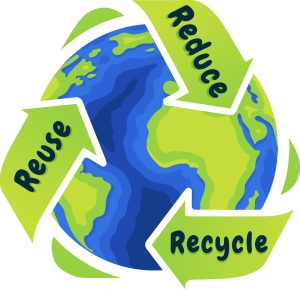 Recent scientific findings have raised concerns about the UK’s lag in combating microplastic pollution, a growing threat to human health and the environment. Microplastics—tiny plastic particles resulting from the breakdown of larger plastic waste—have been detected in human organs, food, water, and even the air we breathe. These particles pose risks to ecosystems and food safety, prompting calls for immediate action.
Recent scientific findings have raised concerns about the UK’s lag in combating microplastic pollution, a growing threat to human health and the environment. Microplastics—tiny plastic particles resulting from the breakdown of larger plastic waste—have been detected in human organs, food, water, and even the air we breathe. These particles pose risks to ecosystems and food safety, prompting calls for immediate action.
Understanding Microplastic Pollution
Microplastics originate from various sources, including synthetic textiles, tire wear, and the degradation of larger plastic items. They are pervasive in the environment, found from the depths of the oceans to the peaks of Mount Everest. In the UK, studies have revealed their presence in drinking water and common food items, indicating widespread exposure.
Health Implications
The ingestion and inhalation of microplastics have been linked to several health concerns. These particles can cause inflammation, disrupt hormone function, and potentially lead to more severe health issues over time. The full extent of their impact on human health is still under investigation, but the existing evidence underscores the need for precautionary measures.
Current UK Policies and Gaps
While the UK has implemented a ban on microbeads in cosmetics, broader regulations addressing microplastic pollution are lacking. In contrast, the EU and US have begun setting enforceable limits on microplastics in water systems. Experts from the University of Portsmouth’s Global Plastics Policy Centre advocate for a comprehensive UK strategy, including measurable targets, research funding, and interventions in high-emission sectors like agriculture.
Recommendations for Action
Conclusion
Microplastic pollution presents a significant health and environmental challenge that requires immediate and coordinated action. By implementing comprehensive policies, investing in research, and fostering public and industry engagement, the UK can address this pressing issue and protect both public health and the environment.
Contact us if you require further information.